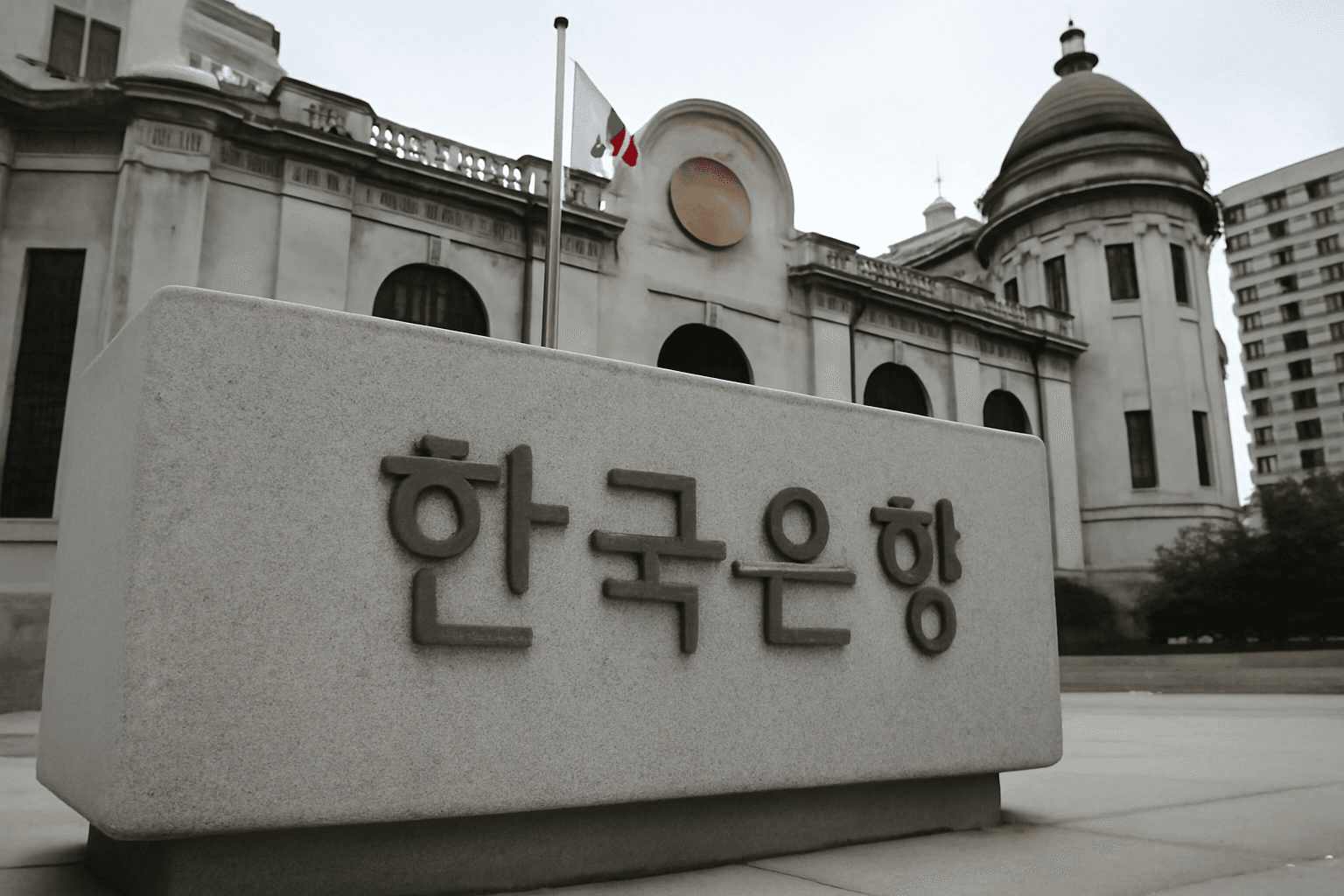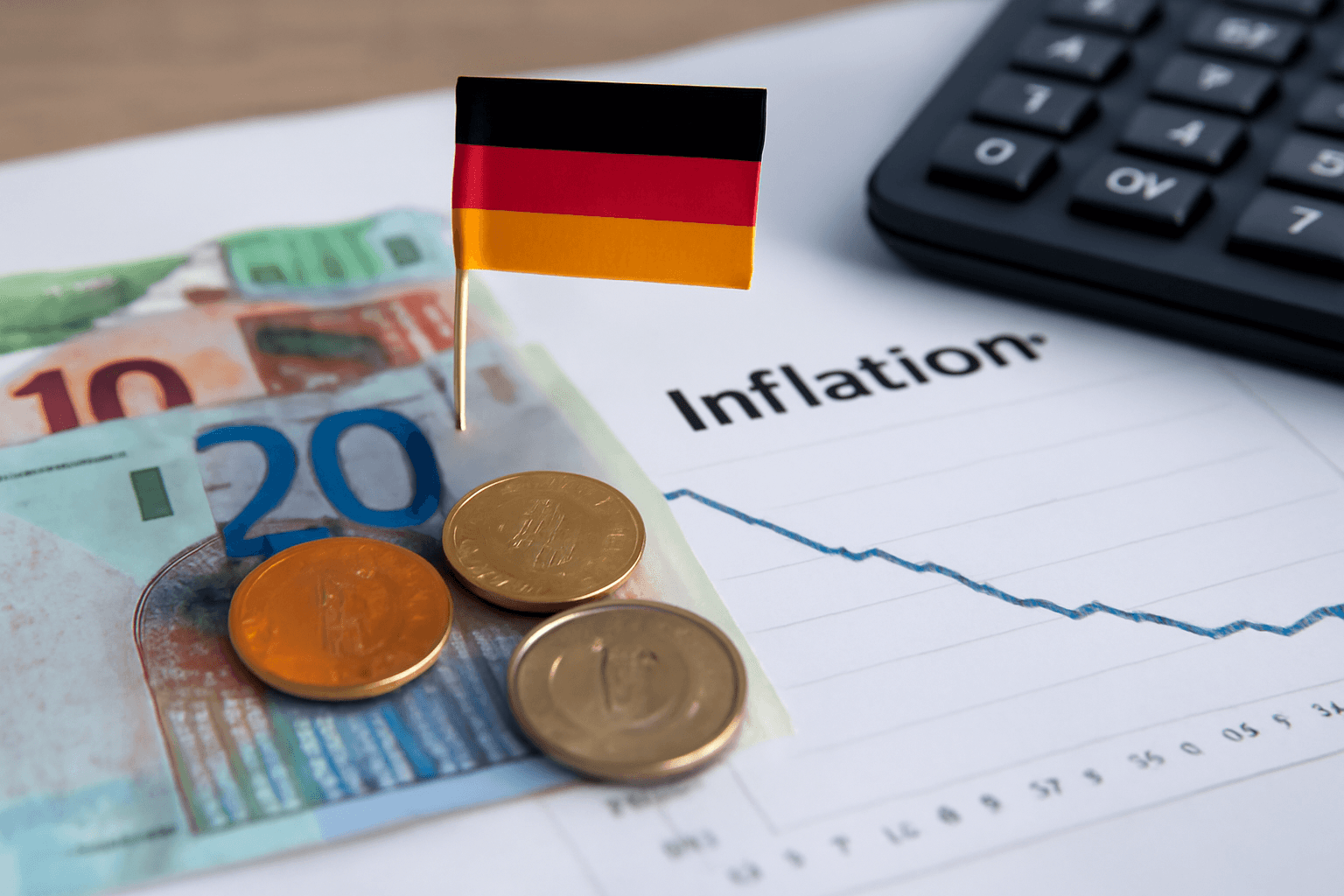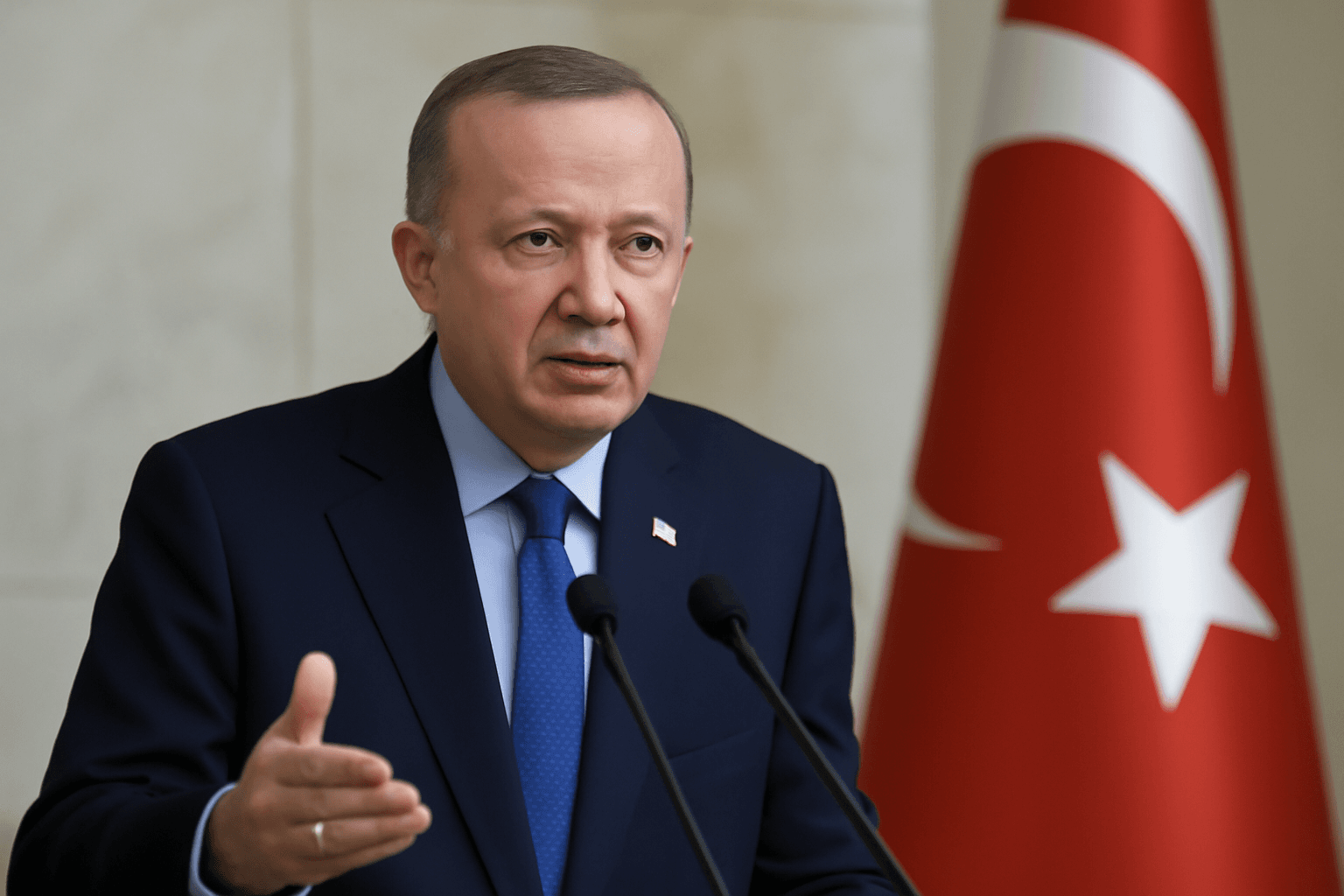Japan's Core Inflation Climbs to 3.7%, Highest Since Early 2023
Japan’s core inflation rate surged to 3.7% in May, marking its strongest pace since January 2023 and intensifying pressure on the Bank of Japan (BOJ) to reconsider its ultra-loose monetary policy. This figure, which excludes fresh food costs, slightly surpassed economists’ expectations of 3.6% and also rose from April’s 3.5% reading.
Soaring Rice Prices Spotlight Inflation Challenges
One of the sharpest price rises was in rice, which saw an extraordinary year-on-year increase of 101.7%, the steepest jump in over 50 years. This surge has prompted the government to release emergency rice stockpiles in an effort to stabilize prices of the staple food.
Inflation Trends and the BOJ's Policy Dilemma
Headline inflation in May registered at 3.5%, slightly down from 3.6% in April. Despite this minor dip, inflation has remained above the BOJ’s 2% target for an unbroken span of 38 months. Meanwhile, the “core-core” inflation rate—which excludes both fresh food and energy prices and is closely watched by policymakers—increased to 3.3% from 3.0% the previous month.
The persistent inflationary pressure comes amid cautious signals from the central bank. Following its recent monetary policy meeting, the BOJ acknowledged ongoing efforts by companies to translate wage increases into higher selling prices, which help sustain core inflation levels.
Signals from BOJ Governors and Inflation Outlook
BOJ officials have been vocal about their cautious approach; one senior figure recently told parliament that rate hikes will proceed only when there is stronger confidence that inflation will settle around or slightly above the 2% target. Nonetheless, the bank forecasts that inflation will decelerate in coming months, citing a slowing economy as a key factor weighing on price growth.
Economic Growth Falters Amid Rising Inflation
Adding to the economic complexity, Japan’s gross domestic product (GDP) contracted by 0.2% quarter-on-quarter, marking the first shrinkage in a year. This downturn largely reflected a decline in exports, underscoring challenges facing the world’s third-largest economy as it balances inflation control with sustaining growth.
What Lies Ahead for Japan's Economy?
- The BOJ faces a delicate balancing act between taming persistent inflation and supporting fragile economic growth.
- Supply chain pressures and commodity price swings, such as rice, continue to impact the inflation landscape.
- Future monetary policy moves will hinge on wage growth trends and economic momentum.
As inflation remains elevated, all eyes will stay on the BOJ’s next steps—whether it opts for policy tightening or maintains its easing stance amid growth concerns.



















